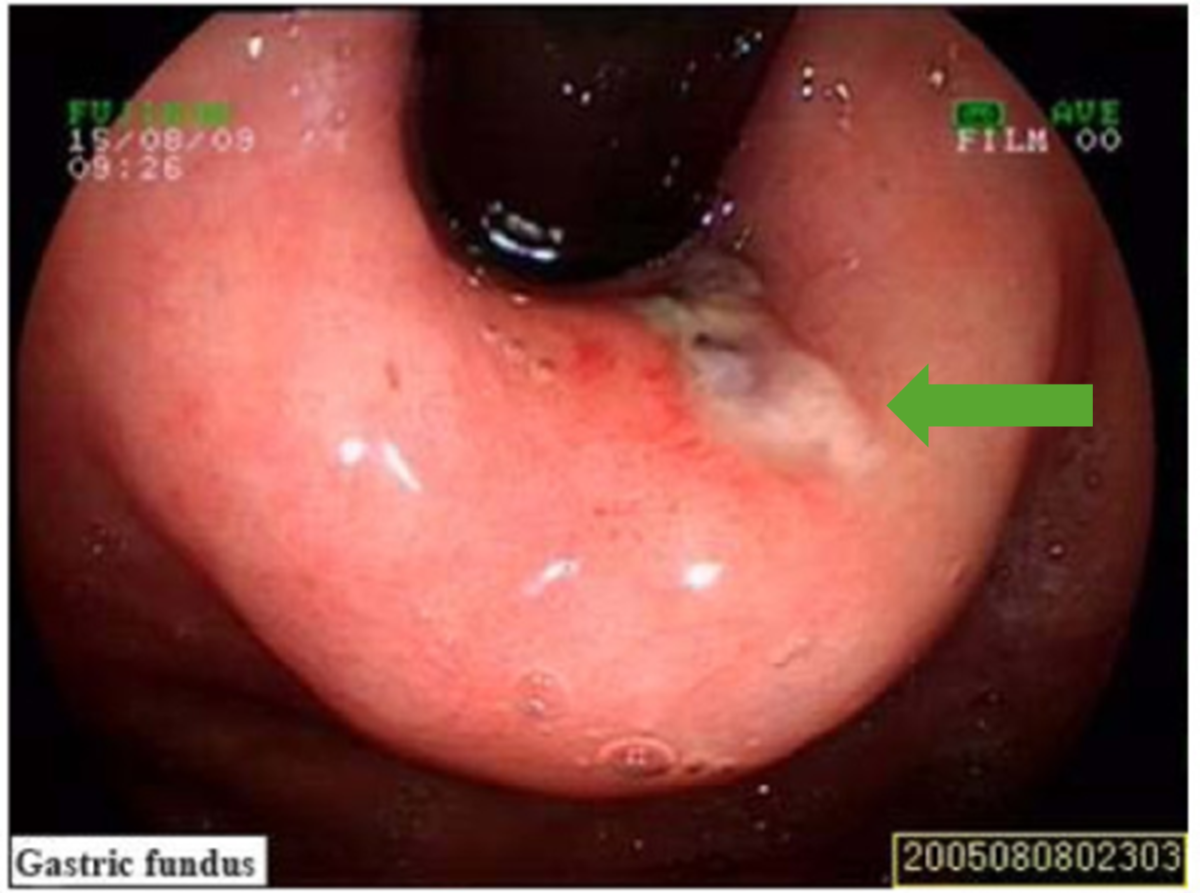Mallory-Weiss syndrome (MWS) is bleeding from longitudinal mucosal lacerations (tears) in the distal esophagus and proximal stomach caused by a sudden rise in intraluminal esophageal pressure with forceful or recurrent vomiting. Hematemesis is due to bleeding from submucosal blood vessels and is self-limited in 80%–90% of patients. Diagnosis is made by taking a history and performing upper GI endoscopy. Treatment includes gastric acid suppression, endoscopic intervention, and angiotherapy if there is active bleeding. Blood transfusions and surgery are not usually required.
Last updated: May 28, 2025
There are currently no specific guidelines for the diagnosis and management of MWS MWS Mallory-Weiss syndrome (MWS) is defined by the presence of longitudinal mucosal lacerations in the distal esophagus and proximal stomach, which are usually associated with any action that provokes a sudden rise in intraluminal esophageal pressure, such as forceful or recurrent retching, vomiting, coughing, or straining. Mallory-Weiss Syndrome (Mallory-Weiss Tear) in the United States or the United Kingdom. The following information is based on the typical evaluation and management for upper GI bleeding.

Endoscopic image of a Mallory-Weiss tear
Image: “Mallory Weiss Tear” by Samir. License: CC BY-SA 3.0
Mallory-Weiss tear (green arrow) as visualized on esophagogastroduodenoscopy (EGD)
Image: “Mallory-Weiss syndrome” by Zhao Y, Wang L, Si J. License: CC BY 3.0, edited by Lecturio.Management guidelines may vary depending on practice location. The following information is based on US and European literature and guidelines.
The initial management of any patient with upper GI bleeding requires IV fluid resuscitation Resuscitation The restoration to life or consciousness of one apparently dead. . Neonatal Respiratory Distress Syndrome and stabilizing the patient hemodynamically.
Discharge on standard-dose PPI for 8 weeks, if no risk factors for rebleeding: